Fascia's Fast 5
All fascial work isn't created equal
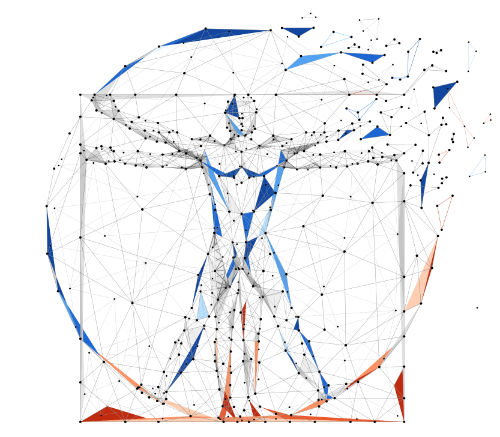
DISCLOSURE: At Body Transcendence, we will always give you our honest opinion and only endorse products and services we truly believe in. This post may contain affiliate links, meaning, at no cost to you, we may make a small commission if you decide to make a purchase through our links.
Your fascia holds the key that can unlock your body's toolbox, or ensure that pain-free movement stays locked away. Pain, injury, muscle balance, and aging are all dependent on your fascial system. Sadly, the majority of therapies think of fascia as something that just gets stuck, tight, or restricted. This type of thinking leaves you with a key that only unlocks a small percentage of your body's abilities.
Let's take a look at five aspects of fascia that must be addressed to open your body's entire toolbox.
Fact 1: Fascia is the organ of posture.
Most people think of the bones and muscles as the "go-to" systems for all things body related. But fascia is even more important. Muscles and bones live within the web-like structure of the fascial system. Therefore, your body's balance, alignment, and function are dependent on the balance of the fascial web, much more so than muscles and bones.
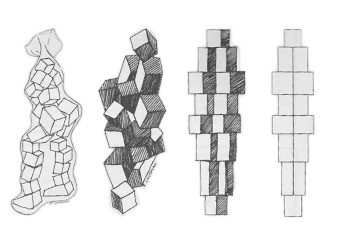
Fact 2: Fascia doesn't just get tight, it gets twisted.
Your body doesn't just get tight in any one area. Every bump, bruise, break, or fall you've ever had creates a ripple effect through your fascial web. That web gets twisted, like a tangled bedsheet. Each person's tensions, movement, and posture are reflections of how their unique life experiences developed their unique fascial twist. Fascial twist needs unwinding, which is not the same as "release."
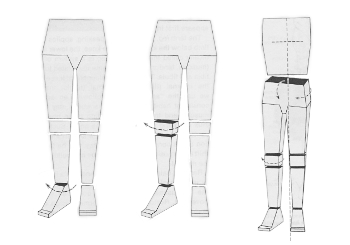
Fact 3: Where you think the problem is, it isn't.
If you have strain in your ankles, there will be related compensatory strain in your pelvis. And if there is strain in your pelvis, there will be related compensatory strain in your cranium. Most treatments give you only temporary results because they focus only on the areas you feel pain. To get to the root of the problem, you have to unwind the pattern of fascial twist, and that affects your whole body.
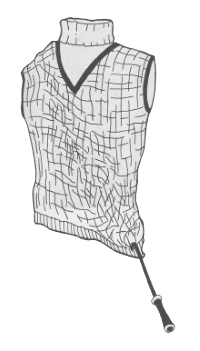
Fact 4: Muscles don't give you the balance you need but healthy fascia does.
Most people think a balanced body comes from stretching and strengthening muscles, but a tangled sheet isn't unwound by just pulling it or tightening it more. Balance in your body doesn't happen that way either. To feel good and function well, your body's fascia needs to be unwound.
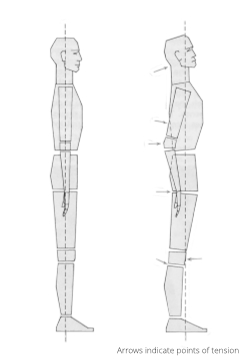
Fact 5: Structural integration is bodywork that balances.
Twist only comes out by untwisting, and balance only occurs when your pattern of fascial twist is unwound. Structural integration is the bodywork that gives you the balance you need by unwinding your whole body.
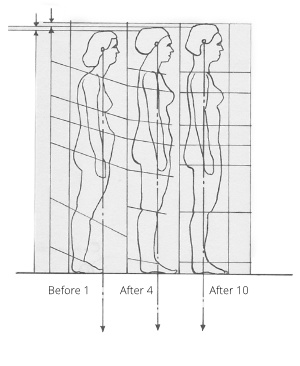
*Images from Rolfing: Reestablishing the Natural Alignment and Structural Integration of the Human Body for Vitality and Well-Being by Ida P. Rolf, Ph.D. published by Inner Traditions International and Bear & Company, ©1989. All rights reserved. InnerTraditions.com Reprinted with permission of publisher.
